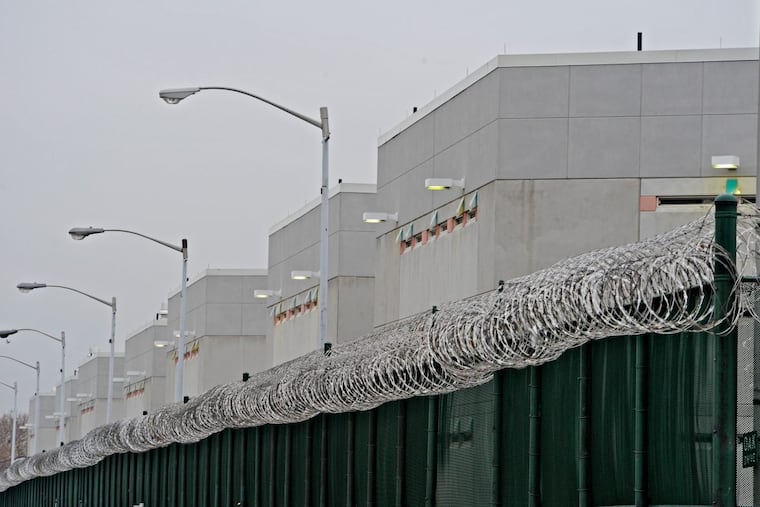To flatten the curve, Philadelphia should release all nonviolent prisoners now | Opinion
Philadelphia's jails have more people in them then a large cruise ship. Containing the spread of the coronavirus in them could be impossible.

As the coronavirus crisis unfolds, we are being warned that our jails will constitute one of the epicenters of the pandemic, given their crowded, unsanitary conditions, and the lack of measures to protect the health of inmates. We’ve seen this before though — a humanitarian crisis unleashed on our incarcerated population, triggered by a catastrophe.
Back in 2005, as the residents of New Orleans fled the fury of Katrina, those incarcerated in the Orleans Parish Prison (OPP), one of the country’s largest jails at the time, were left to languish behind bars. The stories of OPP inmates trying to bust through their cell doors as the water rose to their necks, staring down armed guards stationed to keep them in place, rioting in panic, and going hungry and thirsty for days after the hurricane, constitute some of the most disturbing narratives to emerge post-Katrina.
And here we are again 15 years later, on the precipice of another crisis, about to repeat the mistakes of New Orleans.
Philadelphia continues to be one of the most incarcerated metropolises in the world. Of the 4,700 people in jail as of January, 70% are black and 18% Latinx. This is a massive group of people of color at extremely high risk of being infected. In comparison, the Grand Princess cruise ship that was prevented from docking in San Francisco because of an outbreak had 3,500 people on board. Containing the rapid spread of the epidemic in this population is nearly impossible. While the courts in Philadelphia pruned back operations on March 16, with administrative directives being issued to postpone trials, the city might have left it too late. It will take considerable time for the decreasing number of people entering jails to significantly affect the absolute number incarcerated at this point. In fact, even the pace of seeking the release of those already in jail through the usual petitioning channels might be slowed to a trickle, given the fact that the courts are now virtually shutdown.
There is only one humanitarian and public health solution to what is now shaping up to become an impending disaster: release, en masse, all those incarcerated on nonviolent offenses. This will protect them, as well as the much smaller population of people who will remain incarcerated. It is not an unprecedented move: In an emergency response to the virus ravaging its population, Iran released 85,000 prisoners this month. The Los Angeles County sheriff released 600 inmates in response to the virus, and other major metropolises are following suit.
Certainly, the speed and scope of this move will necessitate an all-hands-on-deck approach. The city would do well to fast-track the initiatives being implemented in San Francisco, for instance, where the District Attorney’s and Public Defender’s Offices are working in concert, and devoting considerable resources to releasing those charged with nonviolent offenses. A panel of judges needs to be conscripted into these efforts, and the academic community, with its technological ability and training to hold online sessions, can extend its help to immediately begin reviews.
As someone who runs a center serving the needs of people being released from incarceration, I can personally attest to the fact that most Philadelphia residents have family members (or know people) who are currently incarcerated. In the reentry community, we are all intimately familiar with the truism that in Philadelphia, what goes on behind bars, never stays behind bars. This is going to be especially true of the epidemic. We do not want to become the case study for how we as a city forgot about the incarcerated as the virus raged. We do not want to become another New Orleans.
Toorjo Ghose is an associate professor and Calvin Bland Faculty fellow in the School of Social Policy & Practice at the University of Pennsylvania. He is the founding director of the Center for Carceral Communities at Penn, an agency that serves people coming out of incarceration.